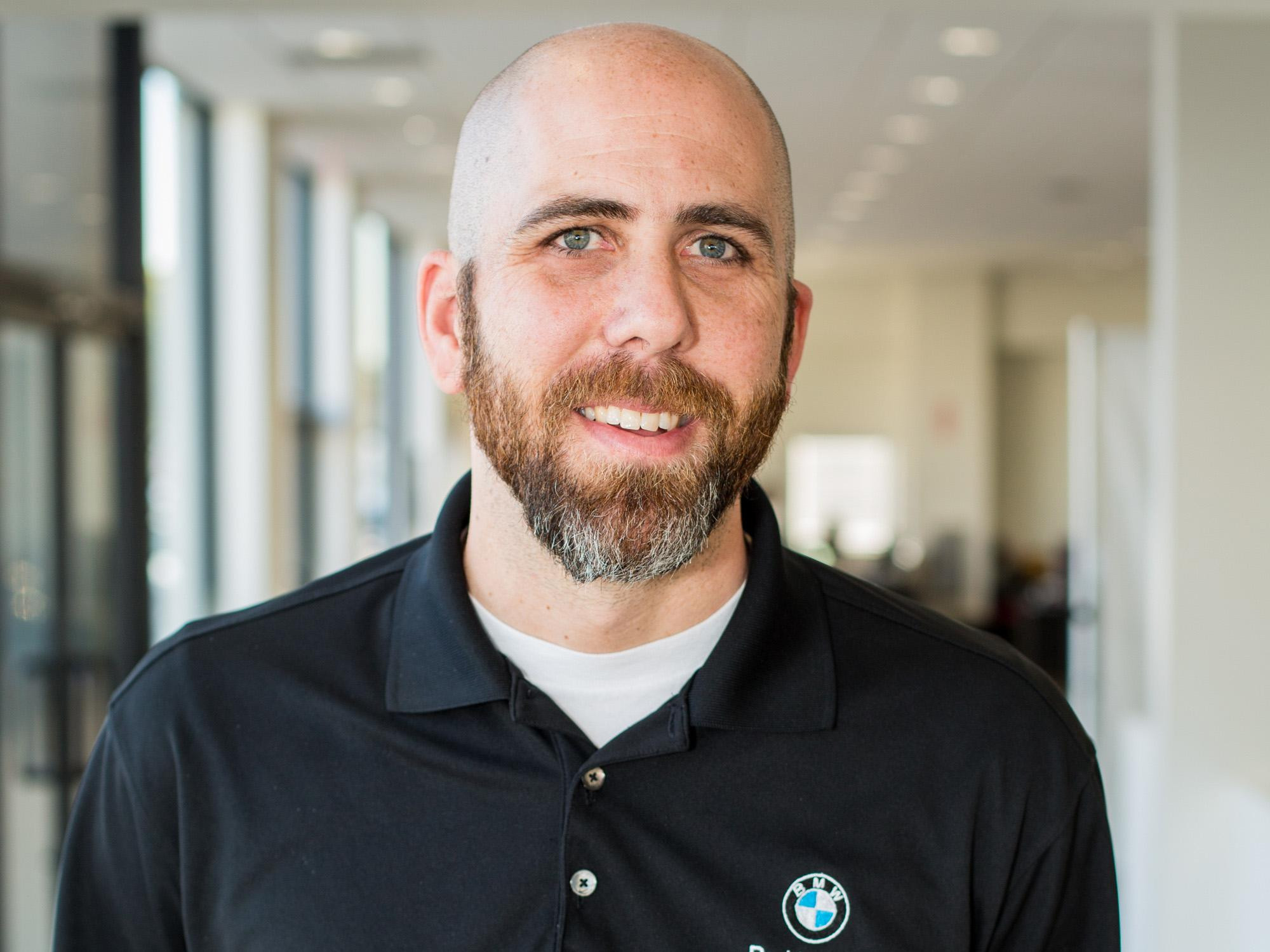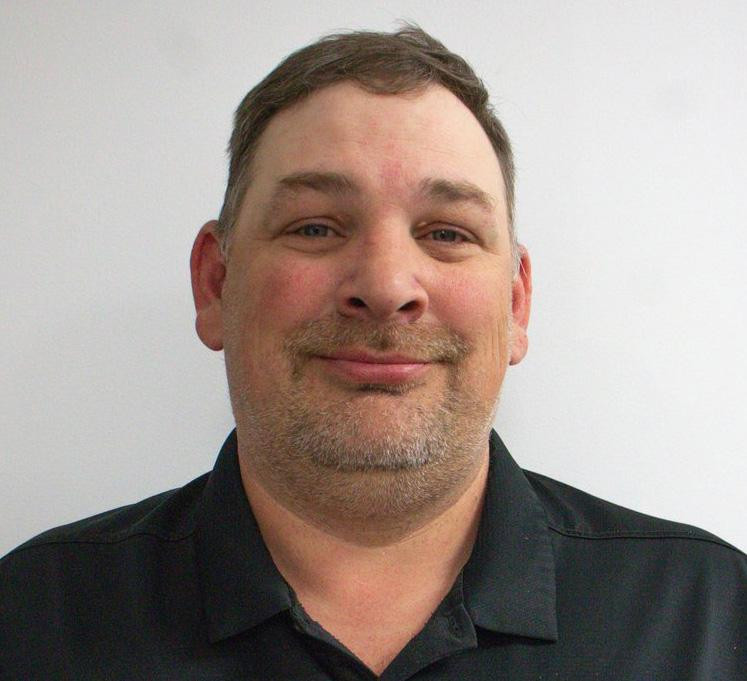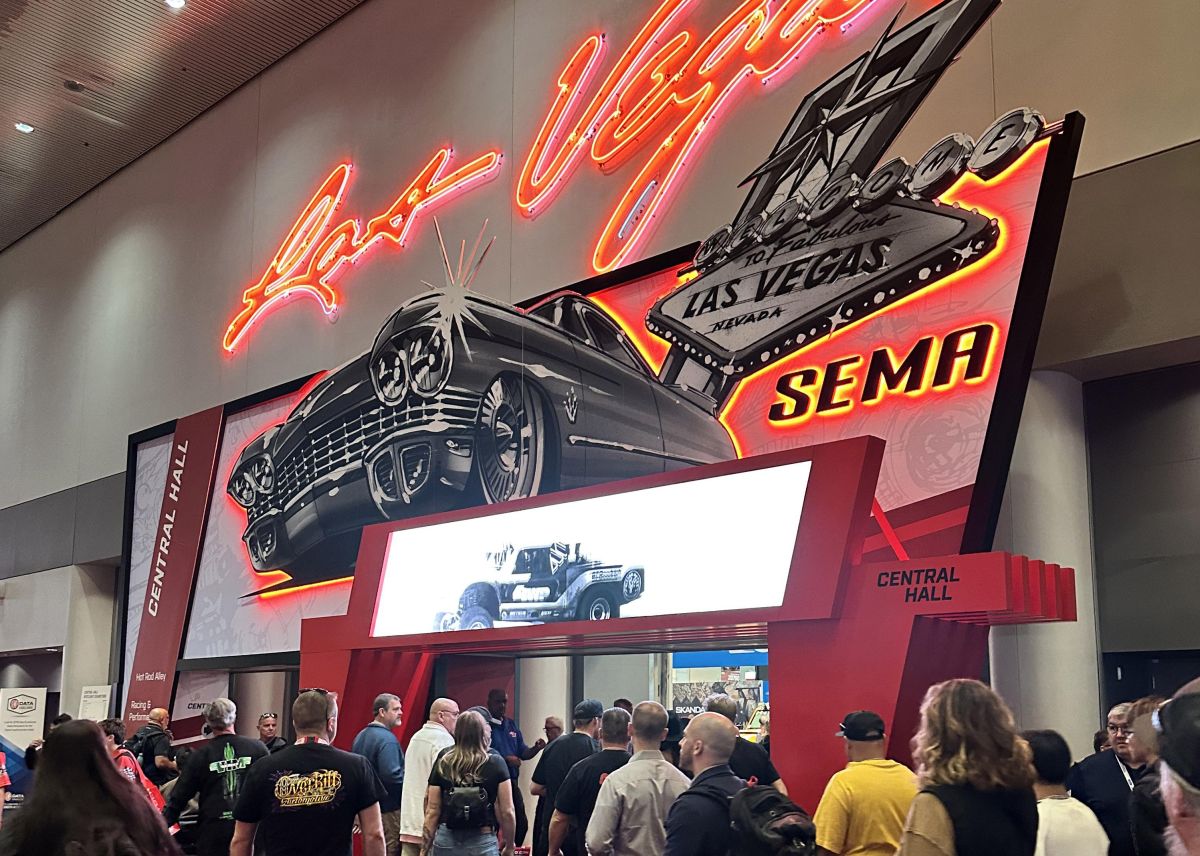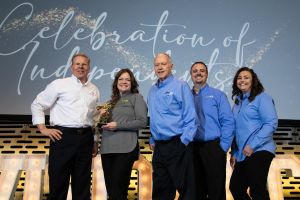Networking: it’s an uncomplicated concept that, when given a little attention on the front end of an event, can make a world of difference when it comes to long-term takeaways. As the 2024 SEMA Show in Las Vegas approaches, scheduled for Nov. 5-8, mingling is on the minds of industry leaders. Autobody News spoke to three who shared their strategies for making the most of an event that promises connection and innovation.
Making a Base Plan
Jay Goninen is cofounder and president of WrenchWay, an online platform that functions as a job board for technicians and as a conduit for trade schools to seek program support from shops.
 Jay Goninen.
Jay Goninen.
Before reaching out to other attendees for networking, it’s important, Goninen said, to go into an event like SEMA with a base plan.
“At times, the networking piece can be really overwhelming because there are so many different things going on at SEMA, and being able to identify ‘Where do I go’ [is important],” he said. “Being able to chart a path in general -- maybe not even associated with networking but just getting value out of the event is identifying what you want to do, what classes you want to sit in on, who you want to talk to.”
Goninen books show events on his everyday calendar and uses it going through the week. This way, he keeps some perspective on what’s going on.
“Otherwise, you get sucked into the show and don’t know what time it is, and it kind of takes over,” he said.
For Andrew Batenhorst, body shop manager at Pacific BMW Collision Center and president of the California Autobody Association Glendale/Foothill chapter, scheduling is key, too.
He’ll be on hand at this year’s event to speak on the benefits of shops adding ceramic coating to their processes. The event planning tool built into SEMA’s registration portal provides an integrated way to map out a visit, he pointed out. Those who don’t want to use the tool can plug trade show events into their everyday calendars like Goninen does, he said, but it’s important to take this extra step and also to factor in time between events.
Vendors, Customers, Car Celebrities
And then, there are the actual people. SEMA, Goninen said, is a great place to meet vendors -- company leadership you might not see elsewhere -- and it’s a good time to catch up with customers and get a feel for how the market is treating them.
 Andrew Batenhorst.
Andrew Batenhorst.
The event represents mutual interest on many levels for attendees.
“It’s not as exhausting as what the typical networking event is, because everybody’s down there with a shared passion for the industry and wanting to see what’s going on,” Goninen said. “To me, it’s a different kind of networking altogether because you’re going with your industry peers and there’s a lot of people that you haven’t met most likely.”
Goninen, a self-described “car geek,” also just enjoys seeing the exhibits, showcases and various types of car people as the show flies by. It’s a good place to catch car celebrity sightings: Goninen said he once spotted racing legend Mario Andretti and television personality Jesse James.
“I think that’s one of the beautiful parts about SEMA is the full breadth of how many different types of people you can meet,” he said.
Strategy and Unusual Connections
Sometimes, events like SEMA are about self reflection -- committing to a learning process outside of the day-to-day grind. This will be the fifth or sixth year James Rodis, process, procedure and training manager for Woodhouse Collision Centers and OEM Calibration in Nebraska, has attended the trade show. For him, it’s a chance to connect with and learn from others who have faced challenges in different ways.
“It's one of those things everybody needs to go experience -- not just for the classes that are provided, not just for the tool guys, but the networking,” he said. “The best part about the meetings are the meetings after the meetings. It's everybody sitting around having a beverage of choice and talking about how we run our shops -- what's successful, what's not. When you have a section that's not very successful, you can talk to people that have maybe been through the same things, went a little different path than you went, and had good success. Then you can try to put that into the way that you do business.”
 James Rodis.
James Rodis.
Like Goninen, Rodis also uses SEMA to seek out members of the industry he might not cross paths with daily. Maintaining relationships with engineers has been particularly helpful for him. He takes the opportunity each year to reconnect with these contacts so if one of the Woodhouse shop staffs needs help understanding a procedure, there’s an engineer who can answer an email query.
Batenhorst, too, has developed a wide range of longstanding contacts from networking at SEMA, and he’s used those to troubleshoot varying issues.
“I've had people from all over the world come to that event that end up forming contacts with me. You can collaborate on similar issues that you're having in another part of the country or another part of the planet. It's very satisfying, because some of those relationships, I think, are over 10, 15 years old. These are people that are invested in the industry just like we are. And they want to help … You may end up finding something that wasn't even on your radar and end up being very beneficial to your organization.”
Taking Notes
With the amount of industry change over the past decade, making the most of the available education at SEMA is important, Rodis said. It’s important to go into the event with a strategic mechanism like notetaking in mind.
“When I'm in a class, I'm taking notes. Even when I'm sitting out having a meeting after the meeting, I take notes while we're sitting there talking,” he said. “I get back, and I debrief all my notes and say, ‘OK, what's going to be the biggest bang for my buck right now? What are three things I can work on today to get better at?’ Then, once you master those, you go back to your notes and say, ‘OK, I feel like I've done these three pretty well. Let's pick out two or three more and let's evolve.’”
The outcome of that reflection, Rodis contended, can be a strategic retooling of the way a shop approaches certain procedures. Rethinking estimates or swinging away from aftermarket parts for calibration, implementing management steps like monthly meetings and treating employees differently are all examples of how an industry event like this can benefit a shop in the long run. Some shop owners, he said, might come away with a paradigm shift about their own performances.
“Sometimes it's self-reflection -- sometimes it's you that's killing production,” he said. “It's just a good time to get back to baseline.”
Breaking the Ice
Breaking the ice is always going to seem daunting to some attendees. Bringing a friend along can help, Batenhorst said, but just having the confidence to introduce oneself to strangers often pays off.
“It just starts with a handshake and an introduction, and letting the conversation blossom from there,” he said. “Just say, ‘Hey, I'm new to SEMA; I've never been before.’ Or ‘I'm not familiar with your product. Can you tell me about it?’ Guaranteed -- they're going to go through and give you their whole routine on what they're there for and give you a flyer, give you information.”
Goninen had one more practical piece of advice for SEMA attendees: factor in comfort for the long haul.
“I think the last thing I’d say is wear walking shoes,” he said. “The first year I went -- a long, long time ago -- I wore dress shoes, and by the end of the day, my feet were dead.”














Elizabeth Crumbly